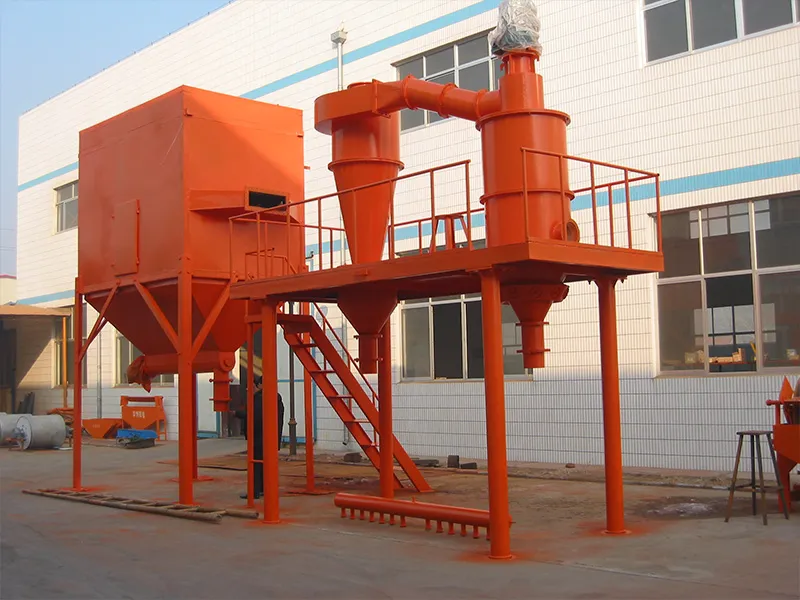1. Introduction
With the rapid development of steel industry, steel slag, as the main by-product during steel-making process, the annual output has exceeded 100 million tons (data from China Iron and Steel Association CISA). Traditional slag treatment methods have problems of low utilization rate and environmental pollution. The use of efficient classification technology to achieve fine sorting and resource utilization of slag has become an important direction for the industry’s green transformation.
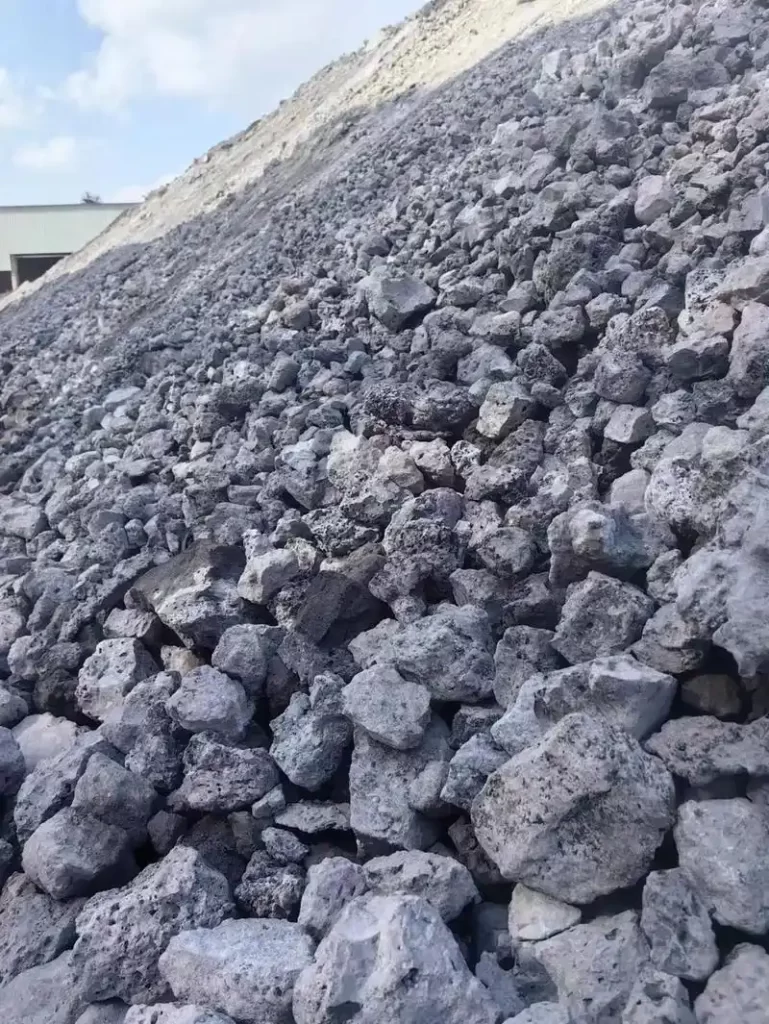
2. Reasons why steel slag can be reused
In steel slag, iron exists in the form of metallic iron and various iron oxides, with a content of about 10% – 25%. This makes steel slag have potential metal recycling value. For example, in some advanced treatment processes, emphasis is placed on the extraction and reuse of this part of iron. Meanwhile, silicon dioxide (SiO₂) and magnesium oxide (MgO) account for 15% – 30% and 5% – 15% respectively, and they together shape the physical and chemical stability of steel slag.
3. Difficulties in slag recycling
● Complex composition and high hardness
The iron content in steel slag fluctuates significantly (10%-40%), and the particle size distribution ranges from micrometers to centimeters, making sorting difficult.
The Mohs hardness of steel slag reaches 6-7, which requires extremely high wear resistance of crushing and sorting equipment. Traditional equipment is prone to wear and tear, increasing maintenance costs.
● Conflict between granularity control and resource recycling
The particle size of steel slag needs to be controlled according to different uses (such as cement admixtures and roadbed materials), but the traditional crushing and separating processes are inefficient, and the utilization rate of fine powder (<75μm) is less than 30%, resulting in serious waste of resources.
4. The role of air classifier in resource recycling of steel slag
— Multi-grade granularity precise control
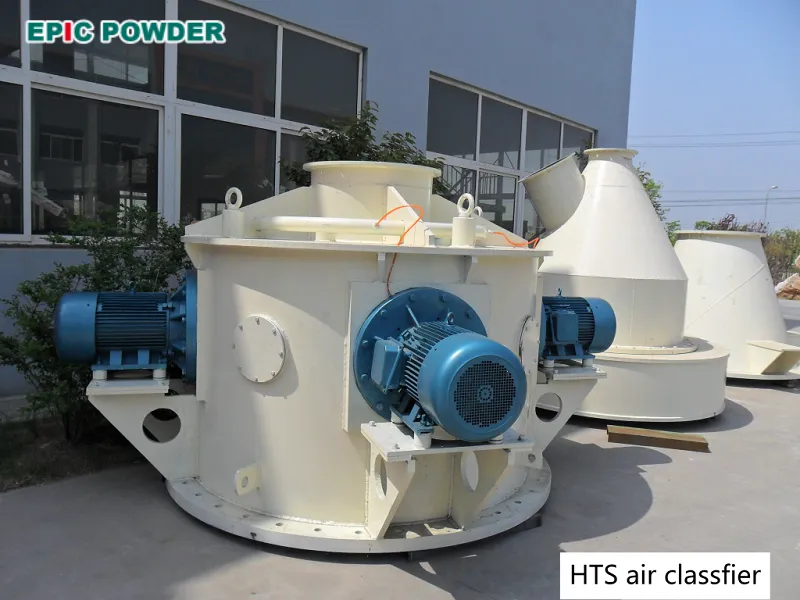
Air classifier adopts eddy current classification principle, and it can classify steel slag by adjusting the rotor speed, and air volume parameters. Usually, steel slag powder can be separated into different specifications, such as <45μm, 45-150μm, 150-500μm, etc., to meet the diverse needs of industries like building materials and metallurgy.
— Efficient separation of metal and non-metal components
Air classifier can utilize the density difference between iron particles and silicate minerals (the density of iron particles in steel slag is 7.8g/cm³, and that of non-metallic particles is about 3.2g/cm³) to achieve the enrichment and recovery of metal components. The iron recovery rate can reach 85%-92%.
— Energy saving and process innovation
Air classifier integrates dynamic classification and high-efficiency dust removal system. Compared with the traditional vibration screening process, it reduces energy consumption by 30%-40%, and significantly increases the processing capacity. Moreover, the whole process is closed and there is no dust leakage.
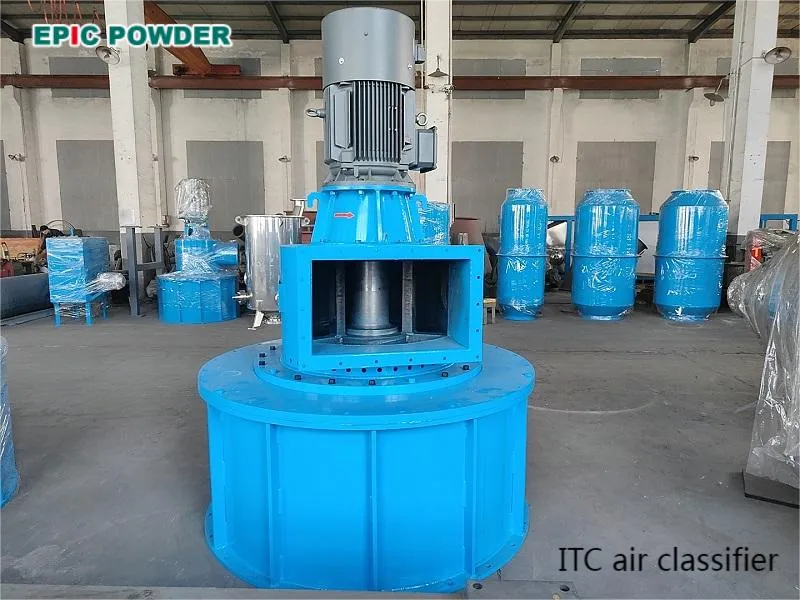
5. Conclusion
Air classification technology is reshaping the industrial landscape of steel slag recycling. On the contrary, In 2025, China’s target for the comprehensive utilization rate of steel slag will be increased to 75%, which will also, to a certain extent, drive the continuous growth of the market demand for classifying equipment.
As a professional air classifier manufacturer, Qingdao Epic Powder Machinery Co., Ltd. hopes to help steel mills achieve green transformation through technological innovation and process optimization. Our air classifiers adopt German technology and include 5 types: HTS, ITC, CTC, MBS and TDC air classifiers. According to the customer’s actual production purpose and material characteristics, we will recommend the appropriate type for you. Our classifiers have stood the test of the market with many years practice and utilization. They are with stable quality, high performance and competitive prices.
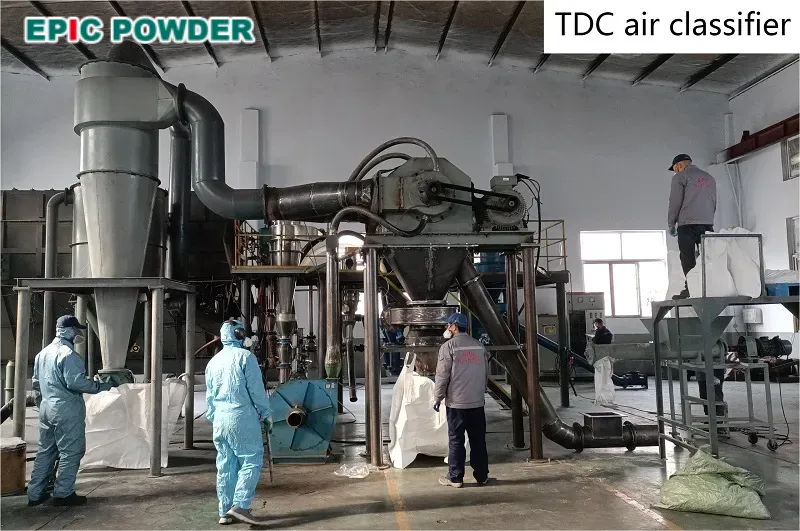
If you are in need of an air classifier to process steel slag or other materials, please do not hesitate to contact our staff. We will provide you with a one-stop solution from equipment selection, solution design to installation and commissioning, and after-sales service.
